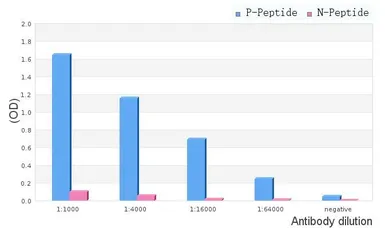Doublecortin (phospho Ser335) antibody
Cat. No. GTX03587
Cat. No. GTX03587
-
HostRabbit
-
ClonalityPolyclonal
-
IsotypeIgG
-
ApplicationsWB IHC-P ELISA
-
ReactivityHuman, Mouse, Rat




